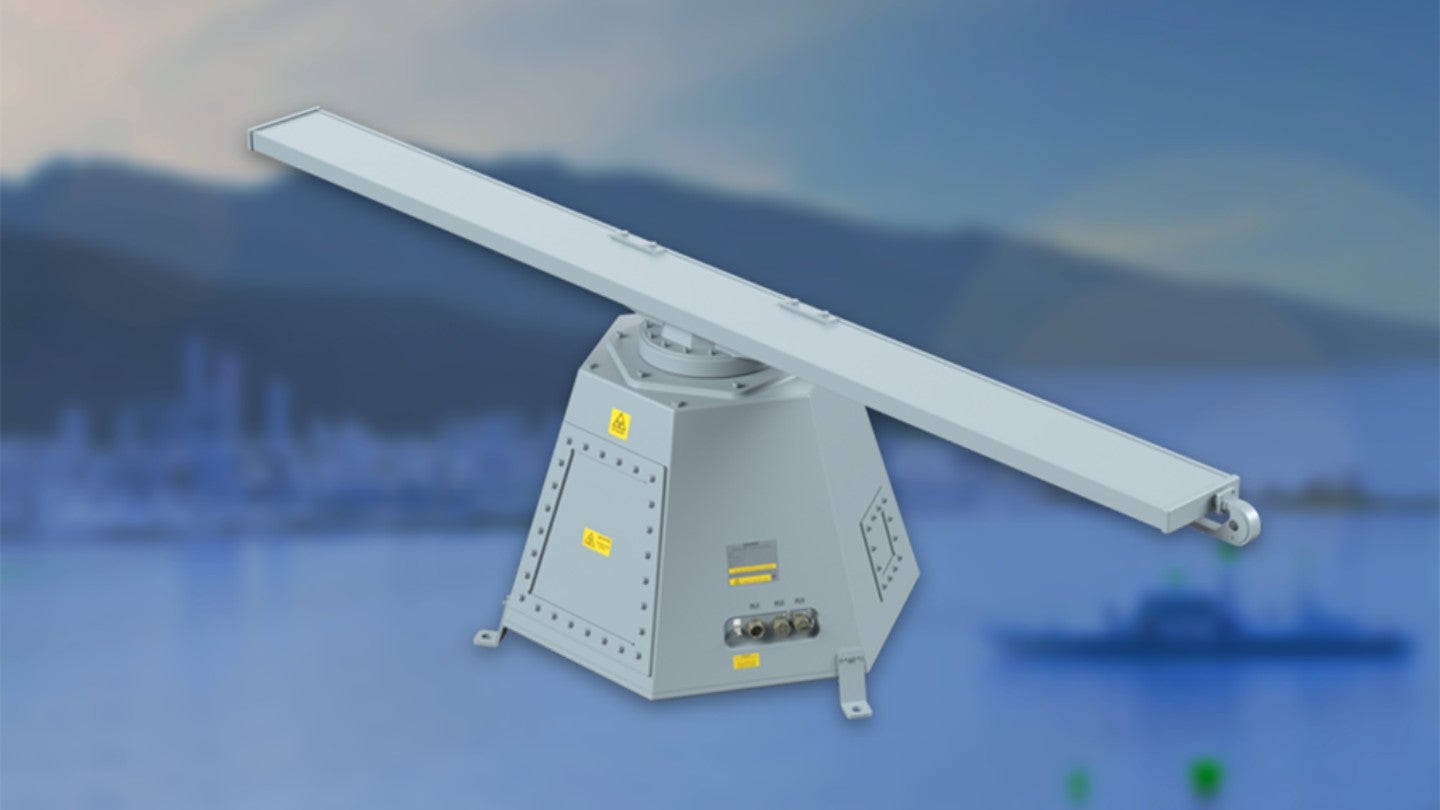
German sensor solutions provider Hensoldt has been awarded two separate contracts to deliver navigation radar systems for the Philippine Navy’s corvettes and patrol vessels.
The contract has been awarded by South Korean shipbuilding company Hyundai Heavy Industries (HHI).
One of the contracts involves the supply of Kelvin Hughes Mk11 SharpEye navigation radar system for six 2,400t offshore patrol vessels (OPVs) being developed by HHI for the Philippine Navy.
The second award will see the delivery of the same radar systems for two 3,200t corvettes, which are also being built by HHI.
Delivery of the OPVs and corvettes to the navy is expected to take place over the next four years.
Hensoldt UK Radar and Naval Solutions head Philip Pilbeam said: “We at Hensoldt UK are delighted to contribute to the modernisation of the Philippine Navy through the provision of radar sensor suites.
“These follow-on contracts demonstrate the confidence that HHI and the Philippine Navy have in Hensoldt UK to deliver comprehensive naval radar solutions to multiple series of ships.”
Hensoldt’s Kelvin Hughes Mk11 SharpEye technology has been designed to deliver improved surface surveillance and navigation capabilities to maritime forces.
The radar system has also received approval from the International Maritime Organisation.
The SharpEye Mk11 radars are installed on an integrated navigation bridge system. This features a direct drive motor, which has a low maintenance cost compared to the conventional antenna rotator gearbox.
SharpEye’s transceivers are located inside a carbon-fibre turning unit to provide high reliability and ease of installation.
According to the company, this flexible system can be optimised for various detection requirements and supports naval tactical features, including low power mode, sector transmission and selectable transmit frequency.


